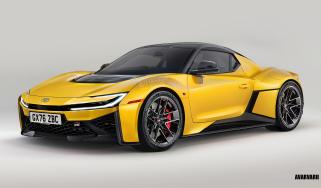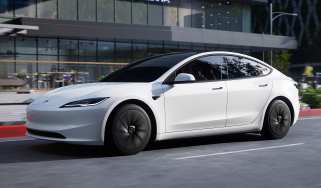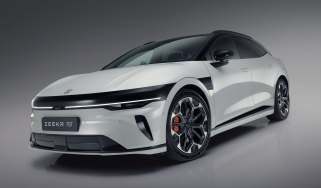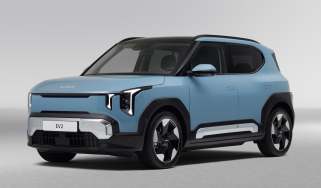New Polestar 7 and 2 get top priority in brand’s big push for more sales
Polestar is hoping to attract younger buyers with its Polestar 7 SUV and a new Polestar 2, giving them top priority in terms of development.
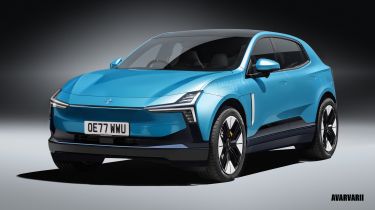
Polestar’s new model priorities are the all-new 7 compact SUV and the second-generation of the 2 saloon – delaying the launch of the open-top 6 flagship.
“We want to get into the volume segment,” Polestar CEO Michael Lohscheller told Auto Express during a meeting at the Munich Motor Show. “That's why the Polestar 7 is so important. We will produce it in Europe and compact SUVs are the fastest-growing and biggest segment.”
Polestar has announced that the 7 will go into production in a new Slovakian factory, to be shared with Volvo, but not until 2028. The 7 will sit beneath the 4 and 5 SUVs – and give Polestar a car priced beneath the £45,000 2 saloon.
“I want to make Polestar more accessible,” says Lohscheller. It’s set to be a rival for the £43k BMW iX1 and Range Rover Evoque, which indicates it won’t be too much cheaper than the 2.
The German CEO outlined some of the 7’s design and customer targets, with the SUV charged with bringing more women to the brand.
“It’s a segment for [slightly] younger customers and female customers. So when we look at the first design sketches, that [target] plays a key role. It clearly needs to be so distinguished that people say that in its segment, the Polestar 7 really stands out.”

And Lohscheller is stressing the importance of having the 7 stand apart from the big Polestar 4 coupe-SUV – the one without a rear windscreen – and the flagship 3. “The design is very different, the proportions are different,” he asserted.
Polestar positions itself as a sporty, premium Scandinavian brand, and the 7 will remain true to those attributes. “It will have all the Polestar DNA: our driving characteristics, chassis tuning, all these things in a sustainable way. So that’s what we try to bring together. We have lots of ideas, and we put all this together in a Volvo factory, with their support. It will be very exciting.”
New Polestar 6 Porsche Taycan rival
Polestar will take the wraps of its Porsche Taycan rival in Munich this evening: its aluminium-intensive architecture is due to underpin the 6. But not any time soon.
“We will do the Polestar 6,” Lohscheller told Auto Express. “But the timing is open. I want first to have the volume segment right.”
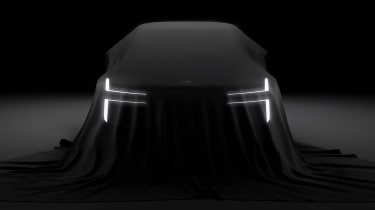
“So we also think a lot about the Polestar 2 successor, because that's a very big success. So we put a lot of energy into that topic as well.”
Since its launch in 2020, more than 180,000 Polestar 2s have been sold worldwide. And the UK has become a critical market, the brand’s number one globally.
The UK’s minimal company car tax for EVs, a strong fleet operation and the UK’s resilient consumer interest in EVs are helping Polestar. “We have momentum, and that's worth a lot, and that’s obviously what we want to continue,” said the boss.
Tell us which new car you’re interested in and get the very best offers from our network of over 5,500 UK dealers to compare. Let’s go…
Find a car with the experts


